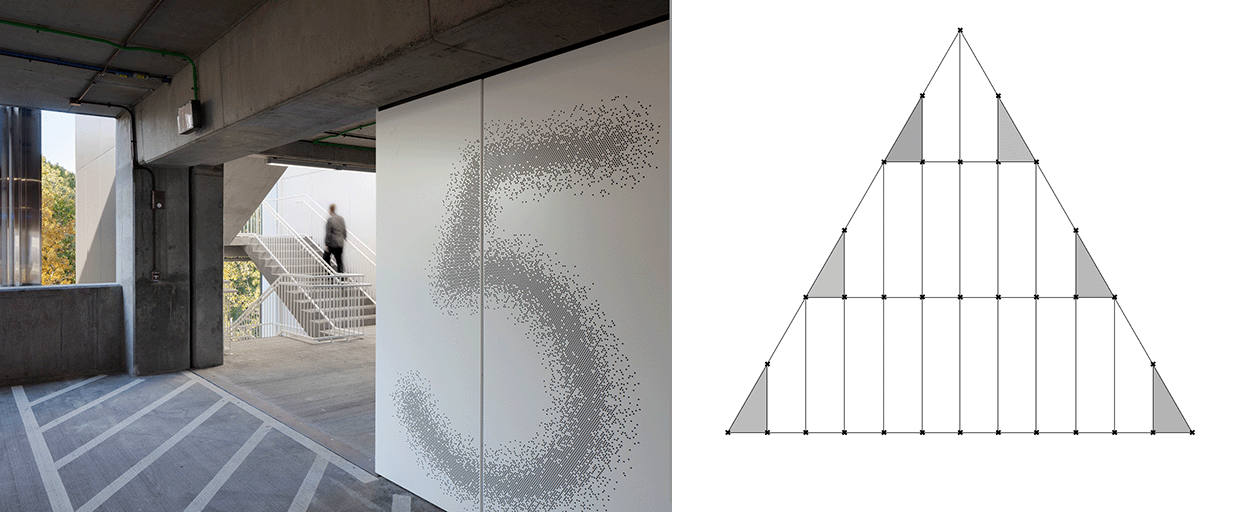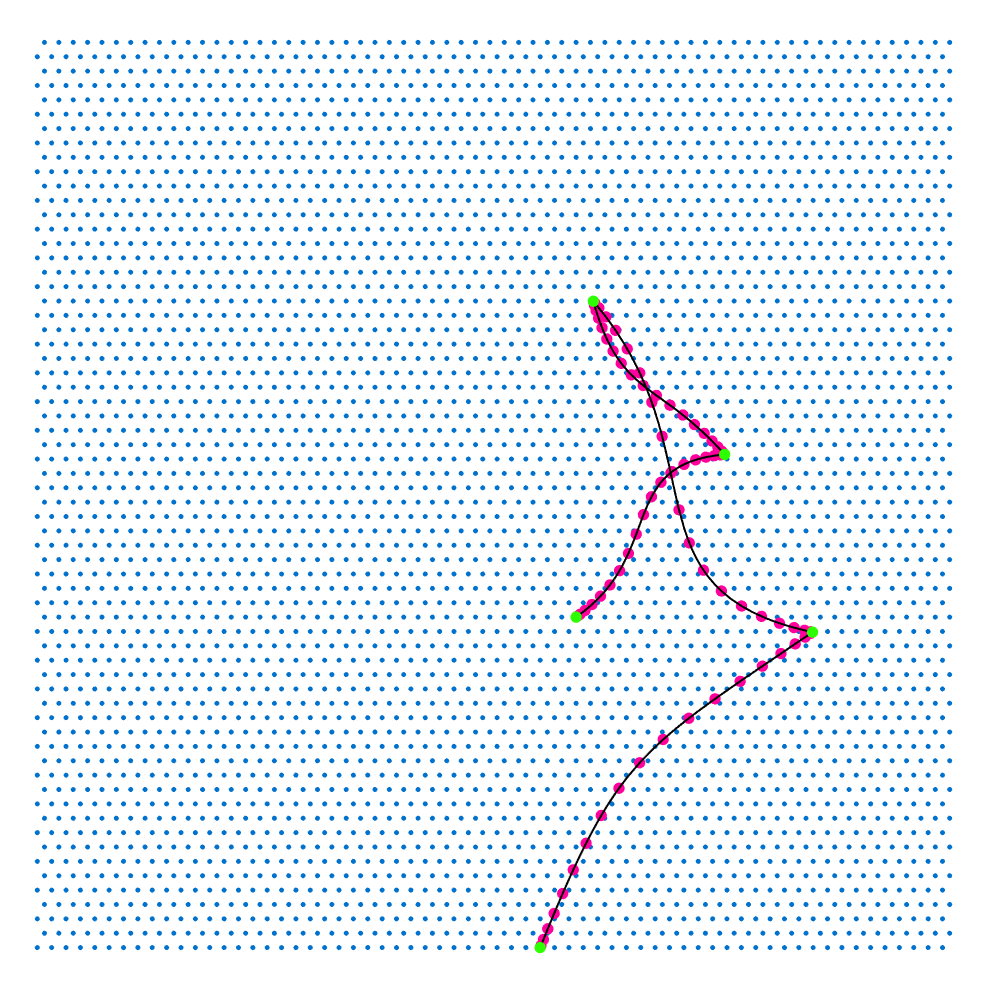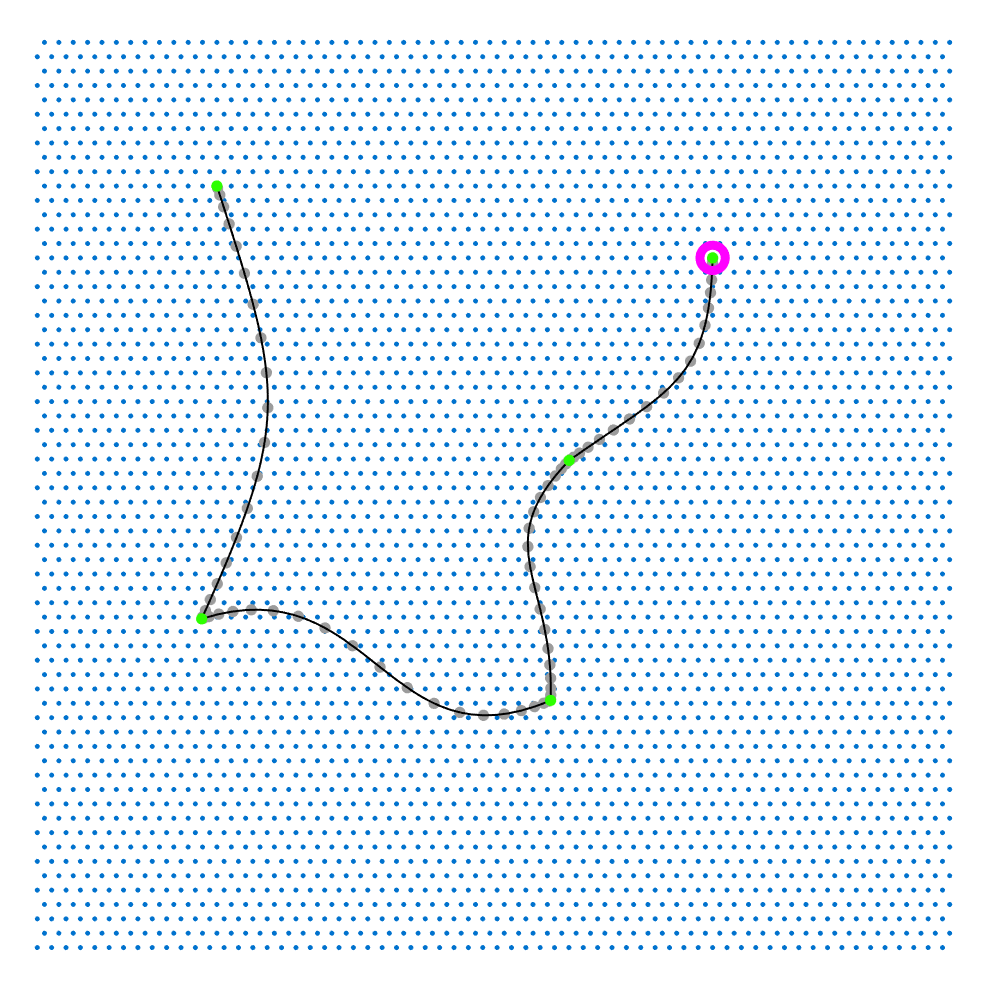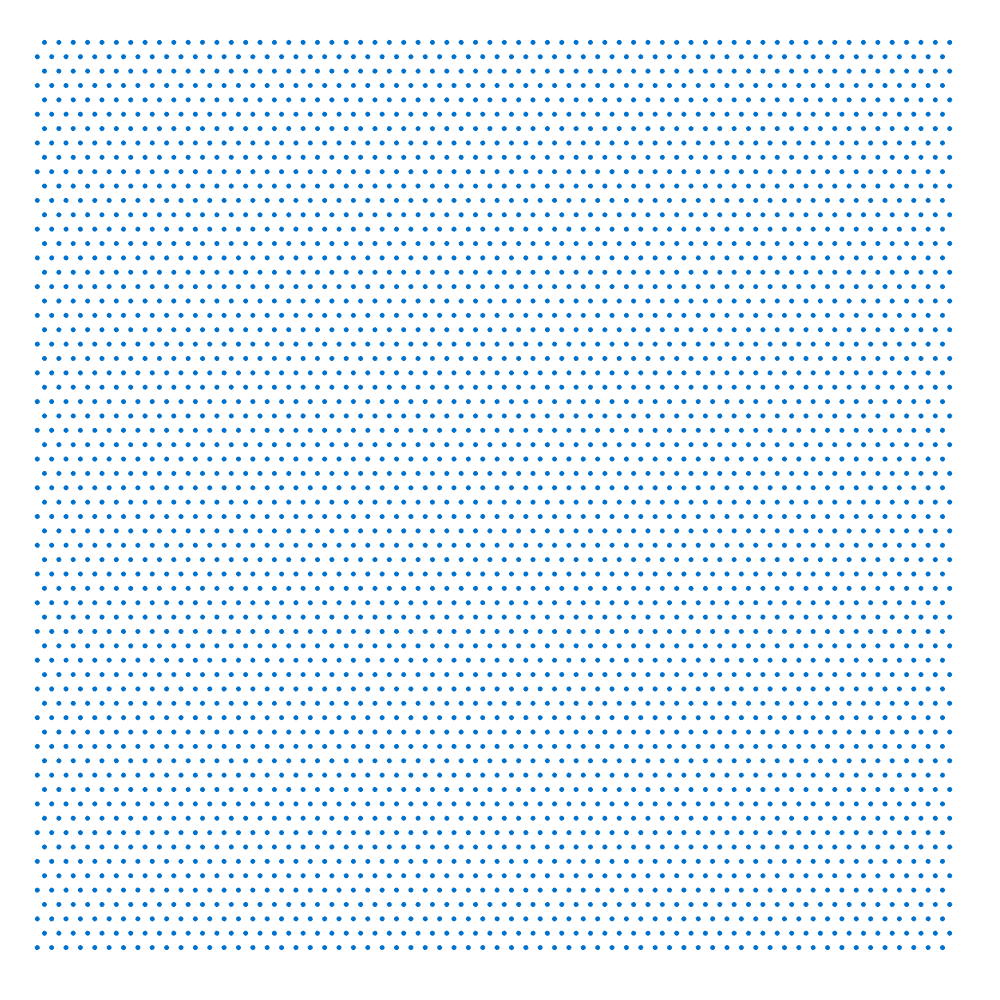Bringing Marketing’s Vision to Life with Computational Design: 2022 Holiday Card Story
Computational design has the power to transform the way we approach problems and design solutions. It involves codifying information and interactions between elements for a specific process, enabling professionals in fields like architecture and engineering to design and engineer buildings more efficiently, accurately, and effectively. But computational design isn't limited to these traditional applications. By leveraging this tool in creative and non-traditional ways, we uncover critical opportunities for synergy across disciplines through new ways to use our technologies.
This year’s unique, eye-catching holiday card is the result of exploring how computational design could be used to meet a marketing need. Inspiration struck as our Visual Communications Manager was looking for ideas for our holiday message. On our CNCPT webpage, she came across a video featuring several animations of past projects that utilized computational design, including NC State’s Fitts-Woolard Hall and the Wake Tech Parking Deck. The dot pattern on the Wake Tech Parking Deck caught her eye and an idea was born: to create an animation out of dots for the holiday card. Together, the marketing team and CNCPT Collaborative’s computational design hub made this idea a reality.

Wake Tech Parking Deck 2 supergraphic numbers and an animation of The Fitts-Woolard Hall mega panels are two examples of previous computational design projects that inspired the holiday animation.
Fundamentally, the collaboration between marketing and the computational design team was just like any other project – it followed a specific process that begins with ideas and ends with the final deliverables. The first step is the ideas phase, where the team discusses and brainstorms potential concepts. Next, they gather precedent images, or examples of similar projects or designs that can serve as inspiration. From there, they sketch out script ideas, conduct research to gather any necessary information, and begin refining the script. The final script is then created, and the project is documented through the creation of scripts that detail the steps taken to complete it.

This shows some of the 4,096 paths that each point makes as it moved between all four stopping points to make the images. You can see the curving motion it takes between each stop. Each stopping point is shown in green.

This animation shows a single point and how it moves through the animation. Each of the 4,096 curves is divided up into segments, where there are more segments near each stop. As the animation cycles through each point, it appears to speed up and slow down.
Based on the initial idea of many dots coalescing into a series of visuals, the marketing team gathered precedent images to convey the vision and shared them with the computational design team. From this point, the computational team created a series of proof-of-concept scripts to research the best way to create an animation out of dots, sketching out ideas and refining the script. Refining is a key aspect of the process, and marketing and computational team members worked together to review iterations with various numbers, orders, and sizes of stopping points; various numbers of dots; options integrating other shapes and colors; and the speed of the movement, among other elements, to achieve a final product that met the original vision.

The result is a streamlined, engaging animation that features dots forming and reforming into different holiday-themed shapes, including the words “Happy Holidays!” and multiple snowflakes and concluding with the Clark Nexsen Cube. The animation was a hit on social media and is a great example of how computational design can be used in non-traditional ways to meet atypical goals with unique solutions.
Whether it’s an architectural feature in a building, redesigning the façade of a building to meet aggressive VE targets, improving the workflow between structural engineering and architecture, or an animation for marketing, the computational design process remains the same; we can create a tool to bring your concept to life. For this effort, we used Grasshopper – possibly an unconventional choice – but the computational design team gained new insights about making animations in this tool, which we’ve used in other presentations to animate concepts and data.
Overall, computational design has the power to transform the way we approach problems and design solutions, and it can be applied in a variety of fields and industries. By using it in innovative and interdisciplinary ways, we can find new and exciting solutions to a wide range of problems.
